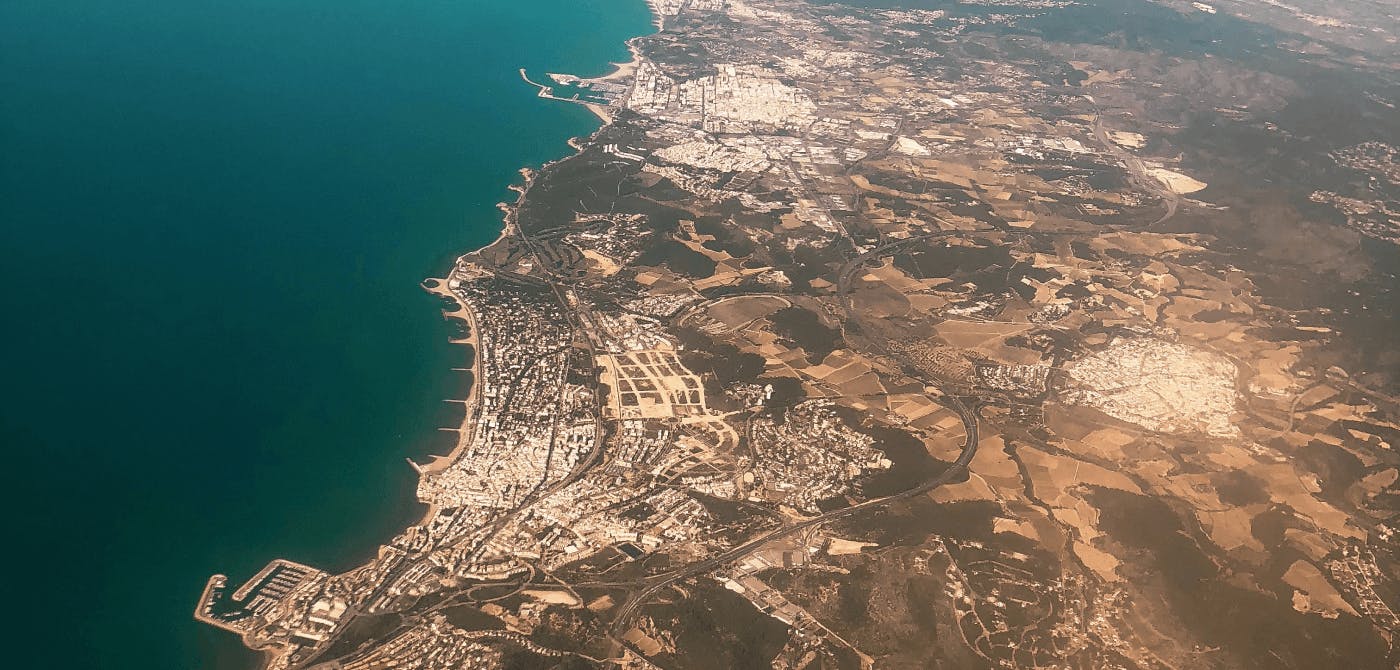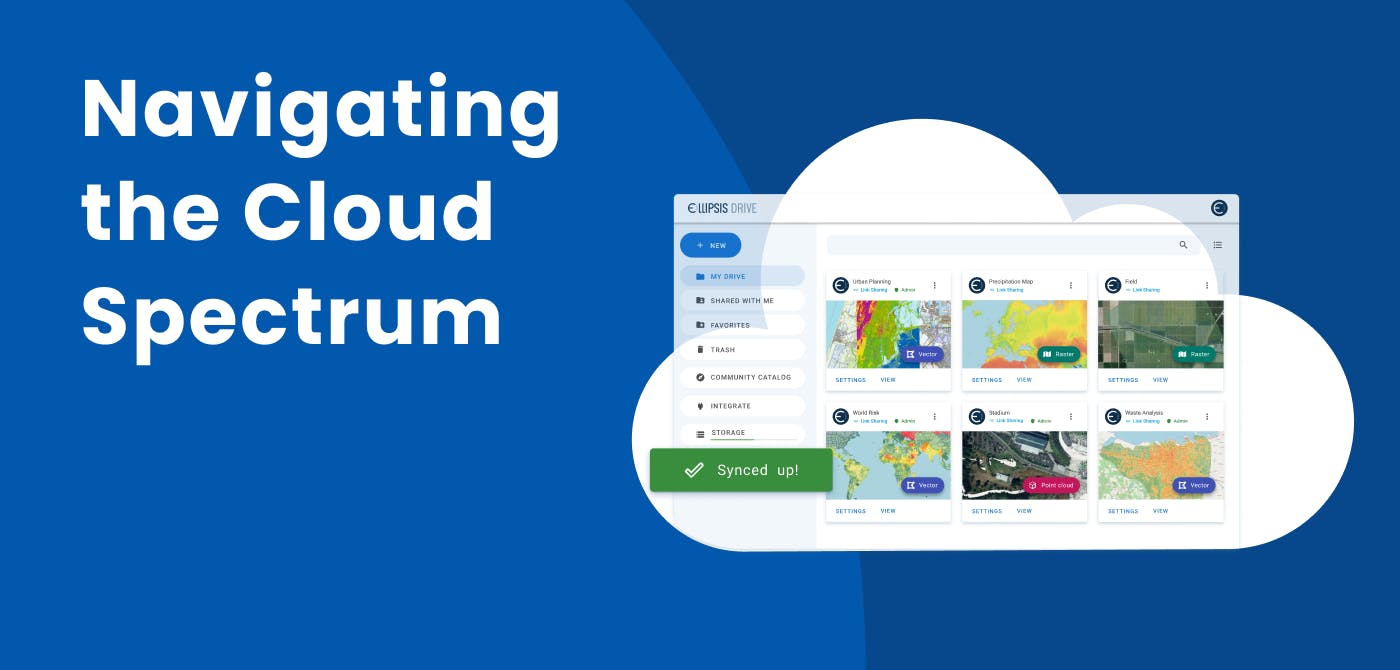GIS
Aerial surveying using UAVs - A Quick Guide

Aerial surveying is the process by which you collect the data needed to create new maps, models, and visualizations with the aid of a drone.
For the surveyor or engineer looking to integrate drone technology and aerial surveying into their business, the first step is to understand the industry.
The advent of drone technology has opened the door to what is known as UAV (unmanned aerial vehicle) Surveying or using drones for surveying. Today, we're going to tackle the most important things you need to know about aerial surveying using UAVs.
Contents
What Is a UAV?
A UAV or drone is an unmanned aircraft that provides the same services as a manned aircraft but without a pilot. The term UAV is commonly used instead of a drone, but is unmanned aircraft system (UAS) a better description? Unmanned aircraft system is a term that commercial drone operators prefer. The UAS label helps to differentiate between military-style drones and commercial drones.
Types of UAVs
There are two main types of drones: the fixed-wing drone and the rotary-wing drone. They vary in appearance and style of flight.
Fixed-Wing UAVs
Fixed-wing drones are airplanes that have wings that remain rigid and do not rotate. A motor, propeller, or jet power them. The wings are stiff and form the shape of an airplane wing. This design allows fixed-wing drones to fly in a straight line. They are used for surveillance, photography, mapping, and aerial mapping.
Rotary-Wing UAVs
Rotary-wing drones are helicopter-like, with blades that spin at the end of a rotor. Like a helicopter, rotary-wing drones rely on a series of wings, rotors, motors, and stabilizers to provide lift and thrust to keep them in the air. These drones are also used for surveillance, photography, and aerial mapping.
Benefits of UAV Aerial Mapping
Using UAVs for aerial mapping allows you to capture a larger area than a manned aircraft, in a shorter amount of time, with greater accuracy and lower risk. Other benefits of using drones include:
- Low cost
- Lower risk to the pilot
- Improved situational awareness for the pilot
- Improved accuracy
- Reduced noise pollution
- Drone surveying vs. satellite surveying
Applications of UAV Aerial Surveying
The ability to capture the entirety of a large area in a concise amount of time makes drones an ideal tool for surveying.
The need for surveying services is growing worldwide. As the population grows, so does the need for accurate maps, models, and visualizations. Several industries will see a surge in their need for aerial surveying, including:
- Construction
- Utility mapping
- Mining exploration
- Relief efforts
- Agriculture
- Oil and gas mapping
- Forestry
- Water mappers
Drone surveying is being used in the above industries and countless more to provide decision-making, asset management, and mapping information.
Key Challenge for the use of UAVs in Aerial Imagery
Unmanned aerial vehicles rely on global positioning technology, which is what allows drone pilots to control their vehicles even from great distances. However, GPS technology does not come without its challenges.
For drones, the most important GPS concern is that it cannot detect other flying objects in the area. Even if geofencing can solve this issue by isolating the vehicle to a certain area, birds and unexpected vehicles can still collide with your drone.
The Bottom Line
Drone and aerial surveying is still a new industry, with UAVs only really being used for the past ten years or so. As the industry matures and the technology becomes more readily accepted, the market will grow. There are still many regulations and problems to be solved, but the future is bright for UAV surveying.
For the engineer or surveyor looking to integrate drone technology into their service, the first step is to understand the industry.
Do you have rich geospatial data and are looking to disseminate it amongst stakeholders to create powerful use cases? We can help you.
Ellipsis Drive is optimized for sharing, collaborating, and selling geospatial content. It empowers professionals to safely activate, manage, and share data in under ten minutes via the web. Contact us today to learn or get started online now.
Liked what you read?

Subscribe to our monthly newsletter to receive the latest blogs, news and updates.
Take the Ellipsis Drive tour
in less than 2 minutes'
- A step-by-step guide on how to activate your geospatial data
- Become familiar with our user-friendly interface & design
- View your data integration options

Related Articles

Navigating the Cloud Spectrum: From Generalist to Specialized, and the Perfect Middle Ground
The modern cloud ecosystem spans a wide spectrum of offerings, from general-purpose infrastructure to highly specialized platforms built for domain-specific tasks. At one end, generalist clouds provi
5 min read

Unlocking the Potential of Data: Comparing Tabular and Non-Tabular Protocols
The world of data is a complex landscape and each year, the complexity of that landscape grows exponentially. A combination of new data capturing technology, data processing technology and demands fo
6 min read

Understanding the importance of GIS in Urban Planning
Cities are robust places filled with life, but before it becomes a cosmopolitan paradise, plenty of ever-evolving complexities are happening behind the scenes to bridge the gaps and create an area spa
3 min read